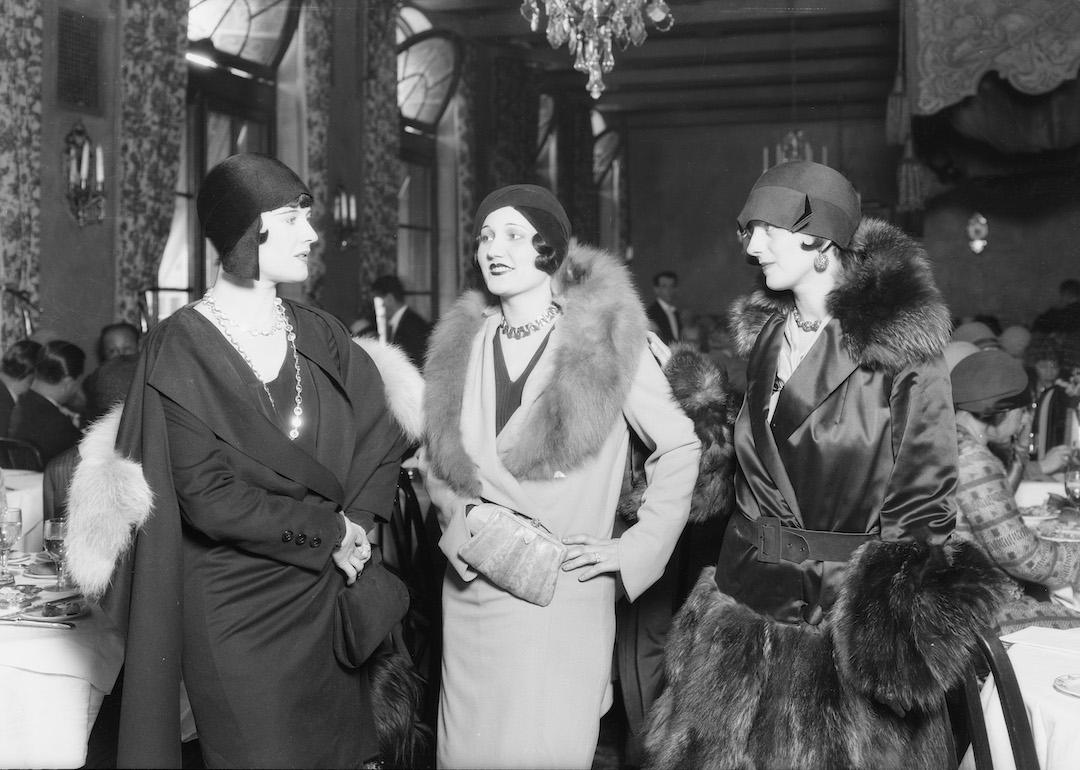
What life was like in the Roaring Twenties
What life was like in the Roaring Twenties
The 1920s in America really did roar. People revved up their car engines, took off in planes, and, like never before, made their voices heard literally and figuratively.
A decade earlier, war engulfed the globe, and its modernized weapons unleashed unprecedented destruction, bloodshed, and misery. Civilians died of famine and disease. Soldiers who made it home were scarred by trench warfare, wounded from chemical weaponry like mustard gas, and shell-shocked with what we now recognize today as post-traumatic stress disorder.
The 1920s saw America free of war, celebrating but still haunted by its weight. Peacetime prosperity raised the standard of living for millions. People took to the dance floor, shedding their cares, doing the Charleston, listening to the latest music on the radio, and hearing the first live sportscasts from across the country. Assembly lines and mass production were technological advances that lowered the prices of consumer goods. The spread of electrical power created a demand for appliances. The newly introduced installment plans allowed people to buy goods on credit.
Millions of women found themselves able to vote for the first time. Enjoying independence, they bobbed their hair, shortened their skirts, and let their new appliances share in the housework. The cost of owning a car fell within the reach of many households, and America's love affair with the automobile began. Roads were paved and stores were built to accommodate the newfound passion for driving. In the air, passenger planes flew and stunt pilots entertained.
Behind the carefree images, dark forces were at work. Conservative morality fought against modern science, while white supremacy tapped into Americans' fear of foreign-bred communism. Organized labor lost the gains it had made during the war effort. The ambitions of temperance behind Prohibition resulted in lawlessness and organized crime. Racial tensions brewed. The decade's energy and exuberance came to a stunning end when the stock market crashed in 1929. The somber, downhearted Great Depression silenced the roar.
A century on, noteworthy events of the '20s still echo throughout modern culture. 2025 brings the 100th anniversary of the Scopes Monkey Trial, for example, fashion statements like flapper-esque bobs and little black dresses are coming back into vogue. '20s trends are even making headway in home decor, as vintage-inspired Art Deco furnishings have taken over Pinterest, according to the platform's 2025 Fall Trends Report.
Stacker compiled a list of discoveries, trends, and changes that shaped lives in the 1920s, from news sites, historic research, scientific studies, and government reports, to showcase other noteworthy aspects of the Roaring Twenties. Keep reading to discover what you might not know about this pivotal decade.
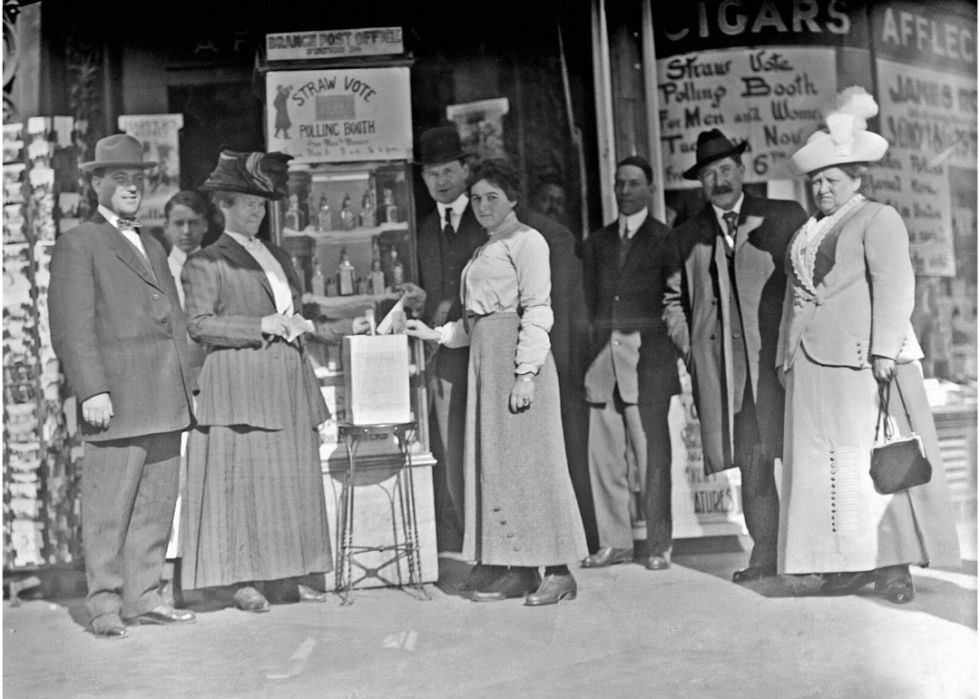
The impact of women's right to vote
Women won the right to vote in the United States with the 19th Amendment to the Constitution, ratified in 1920. That meant more than 26 million new voters could head to the election booth. Candidates and political parties sought women's support; the impact was seen in legislation and policies that improved working conditions and wages for women, terms of inheritance, and divorce settlements.
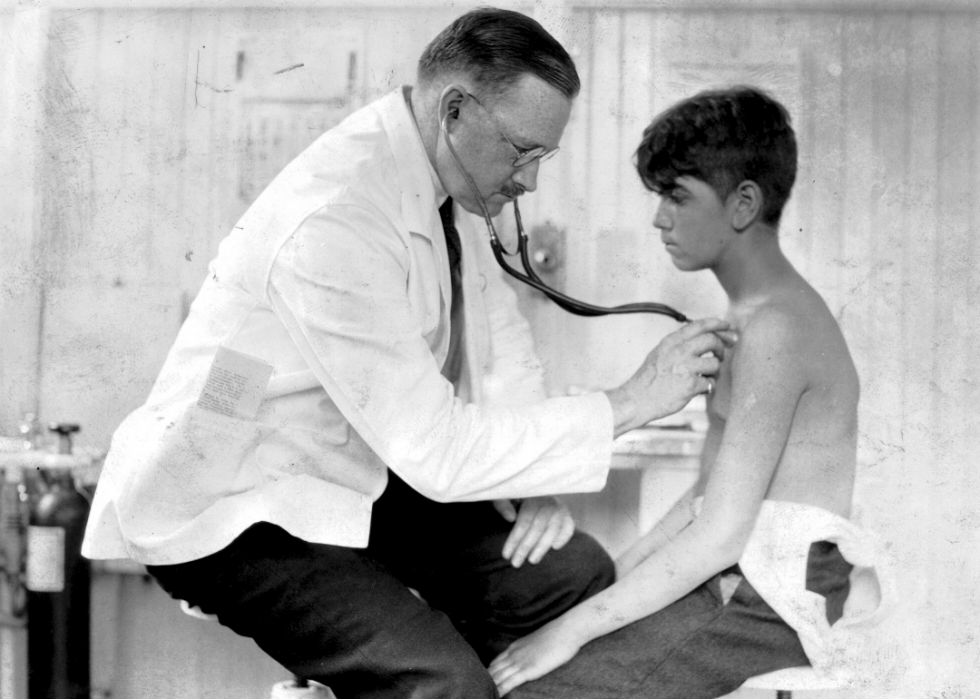
Public health and child mortality rates improve
When women started to vote, significant efforts to address public health followed, including funding and local door-to-door campaigns aimed at improving hygiene. Studies show child mortality rates dropped as much as 15% a year—roughly 20,000 fewer deaths nationwide—as better hygiene drove down the spread of deadly infectious diseases like diphtheria and meningitis.
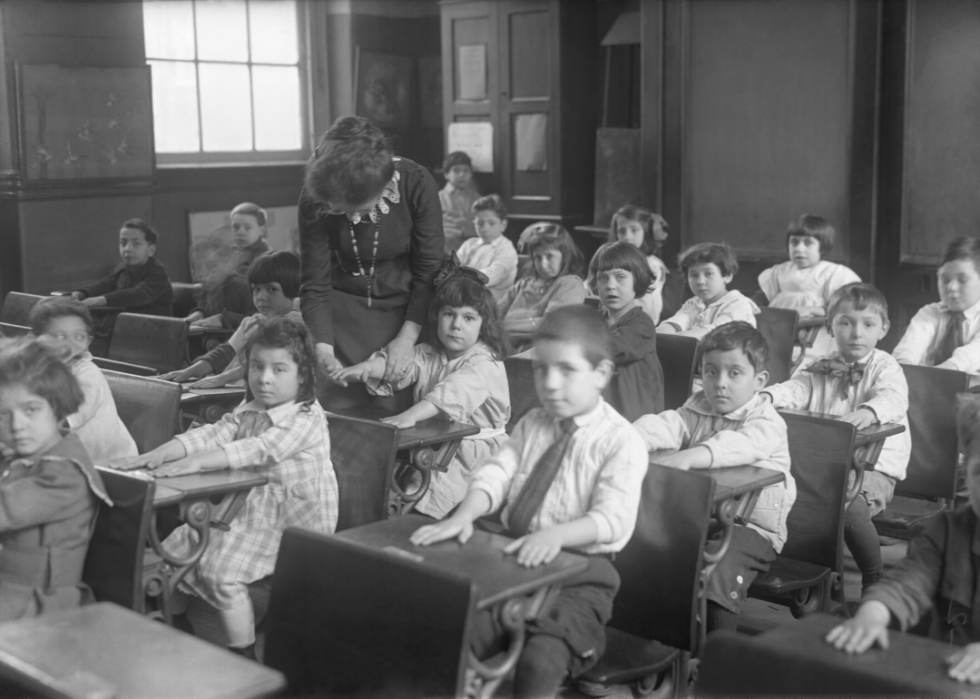
More money spent on public education
Spending on public education jumped in the 1920s, a development linked to the women's vote. In the South, school spending per student increased by about a third. Among whites in the South, incomes then rose about a third as well, studies show.
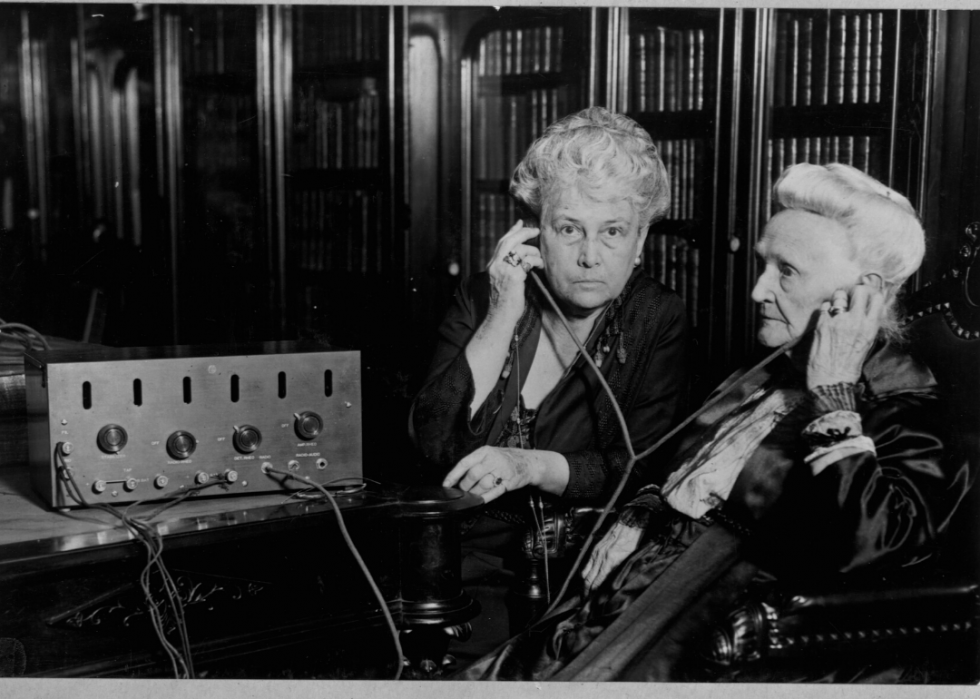
Americans tune into the radio
Radio boomed in the 1920s. The first commercial radio broadcast was produced in 1920 out of station KDKA in Pittsburgh. Four years later, there were 600 commercial stations across the country. By the end of the decade, there were radios in more than 12 million U.S. households.
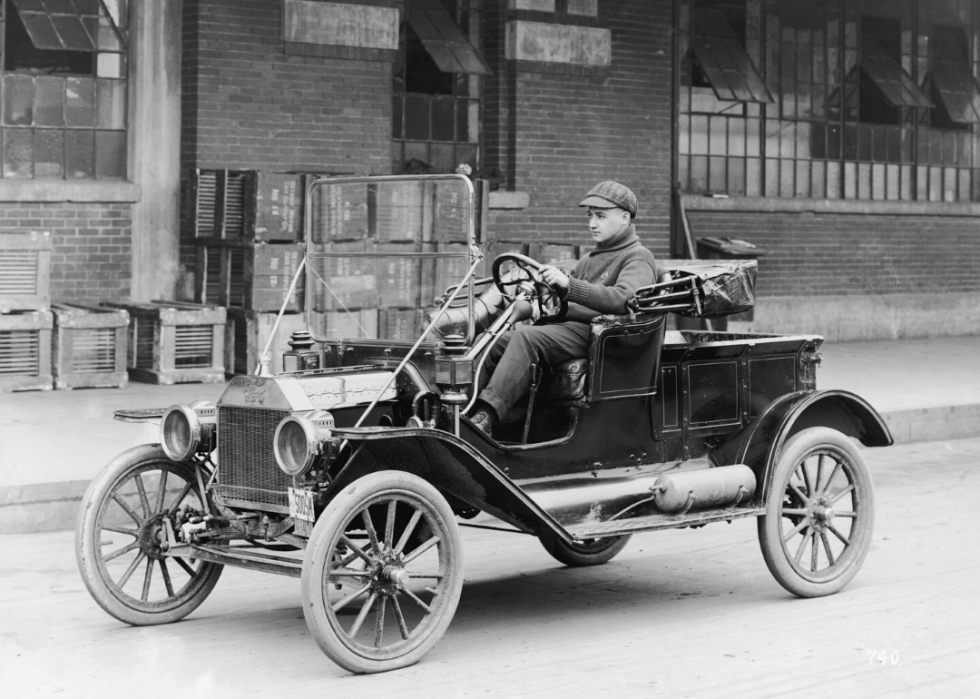
Automobiles are more affordable and comfortable
The popularity of cars soared in the 1920s, thanks in part to assembly line production that brought costs down—a Model T was $260 in 1924, comparable to $4,000 today—and it became more common to buy on credit. New cars had more effective brakes on all four wheels, safety glass that did not shatter, full doors and heaters.
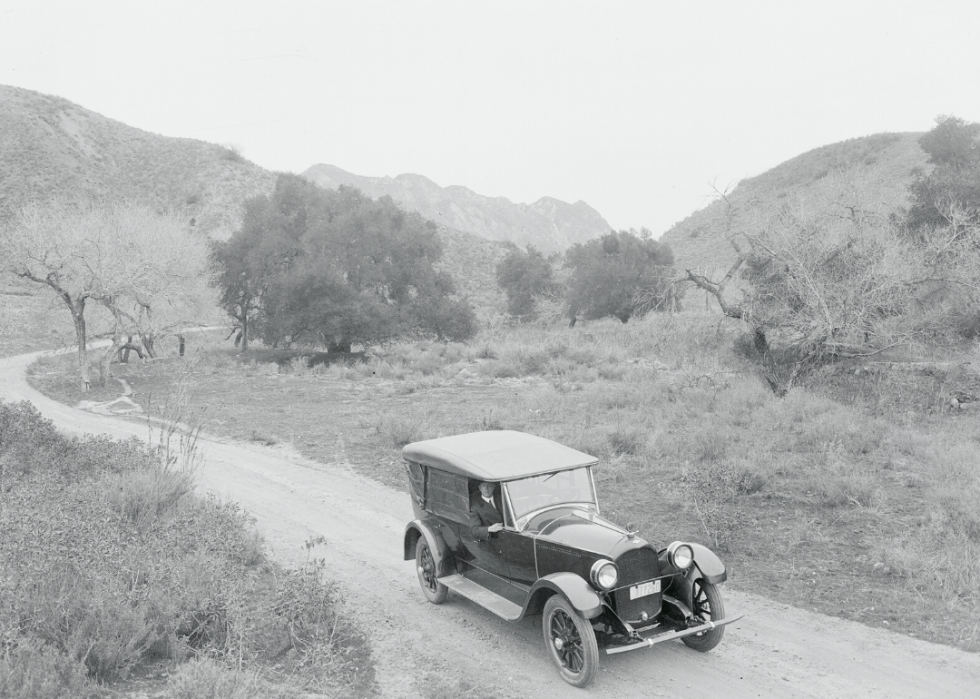
With more cars, a need for more roads
As more Americans started driving, the number of roads built in the United States increased. The Federal Highway Act of 1921 was passed by Congress to address the need for paved interstates, especially in the West, and provided federal aid to build those highways. But it was not until 1956 that the nation's interstate system would get funded to completion under President Dwight D. Eisenhower, who had seen the effectiveness of the autobahn for troops in Germany while he served as the commander of Allied forces in Europe during World War II.
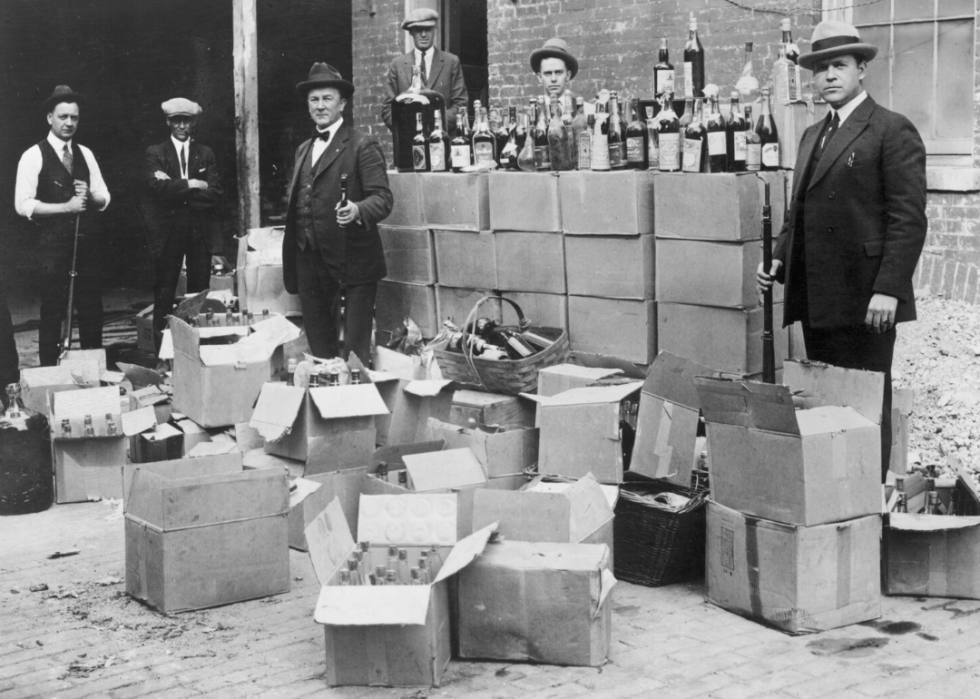
Bootleggers, speakeasies and organized crime
The 18th Amendment to the Constitution, banning the making and sale but not possession or consumption of liquor, formally took effect in 1920, largely with unintended and unwanted consequences. The federal government suffered a loss of $11 billion in tax revenue, and a lack of regulation fueled unfettered consumption. The black market flourished with bootlegging and speakeasies, and organized crime profited handsomely. The 21st Amendment repealed Prohibition in 1933.

Dancing for fun and money
After World War I, Americans hit the dance floor, doing steps like the Charleston and the Black Bottom. At dance marathons, couples competed to see who could dance the longest. But the frivolity and fun wore off after the stock market crash in 1929, when dance marathons became grotesque displays of people desperate for the prize money.
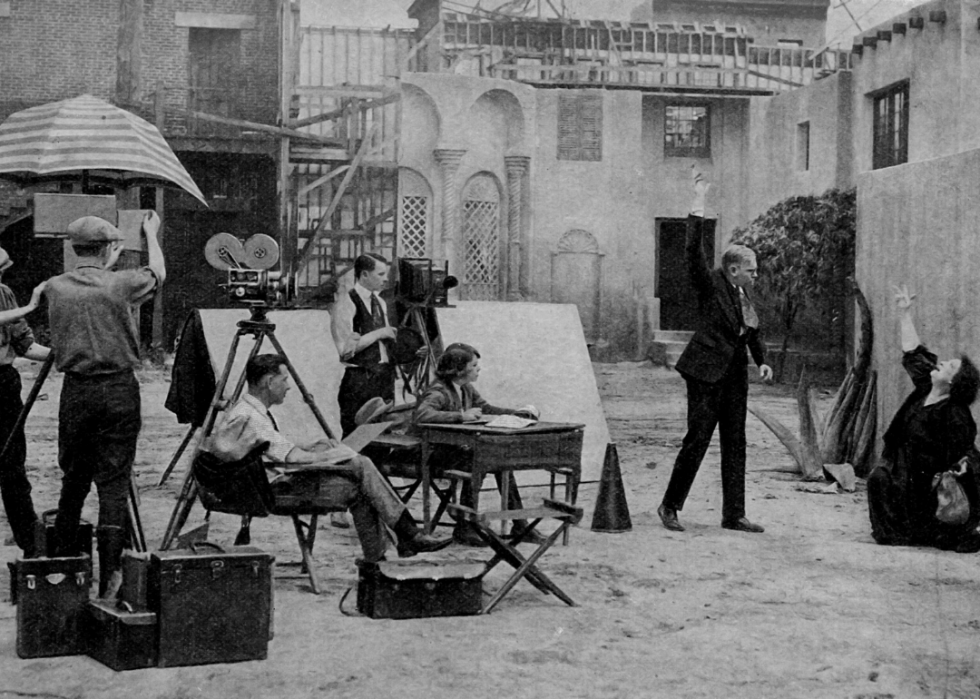
Studio system takes hold in Hollywood
In 1920s Hollywood, the studio system was created in which actors, directors, writers and others were put under contracts, and production and distribution were tightly controlled by the giant industry studios. Independent movie theaters were subject to so-called block booking that required them to rent a package of films and often denied them access to box-office hits. A 1948 U.S. Supreme Court decision brought an end to the monopolistic system, ordering studios to rid themselves of the theaters they owned.
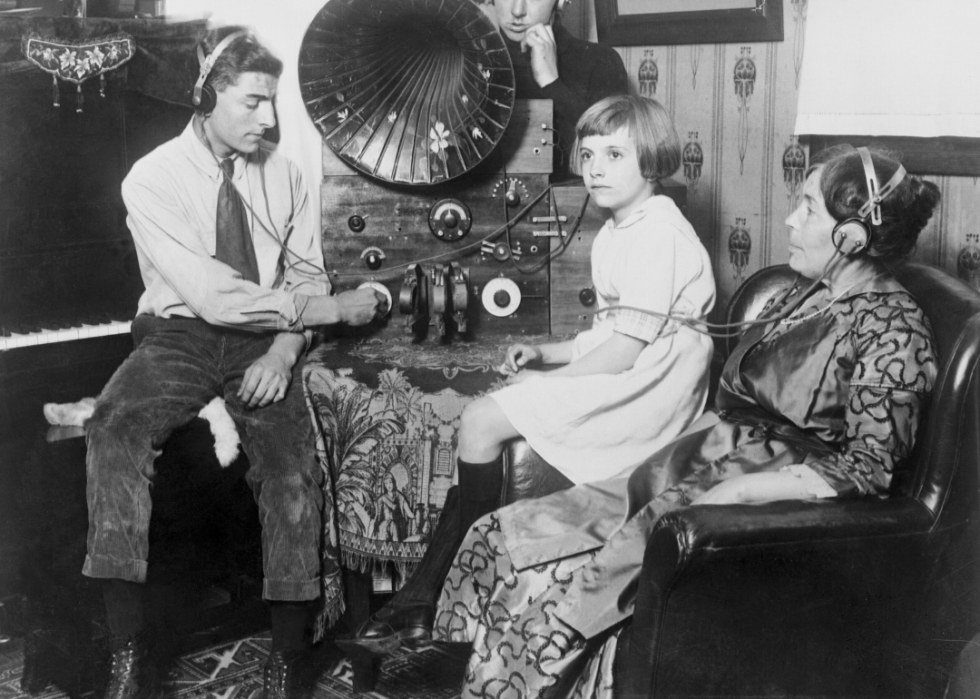
1927 Rose Bowl ushers in radio network programming
Local radio stations formed networks to share programming, and the first nationwide broadcast was produced by the National Broadcasting Company, of the 1927 Rose Bowl football game out of Pasadena, California. The game between Stanford University and the University of Alabama ended in a tie. Popular culture, music and news spread like never before with the advent of nationwide radio networks.
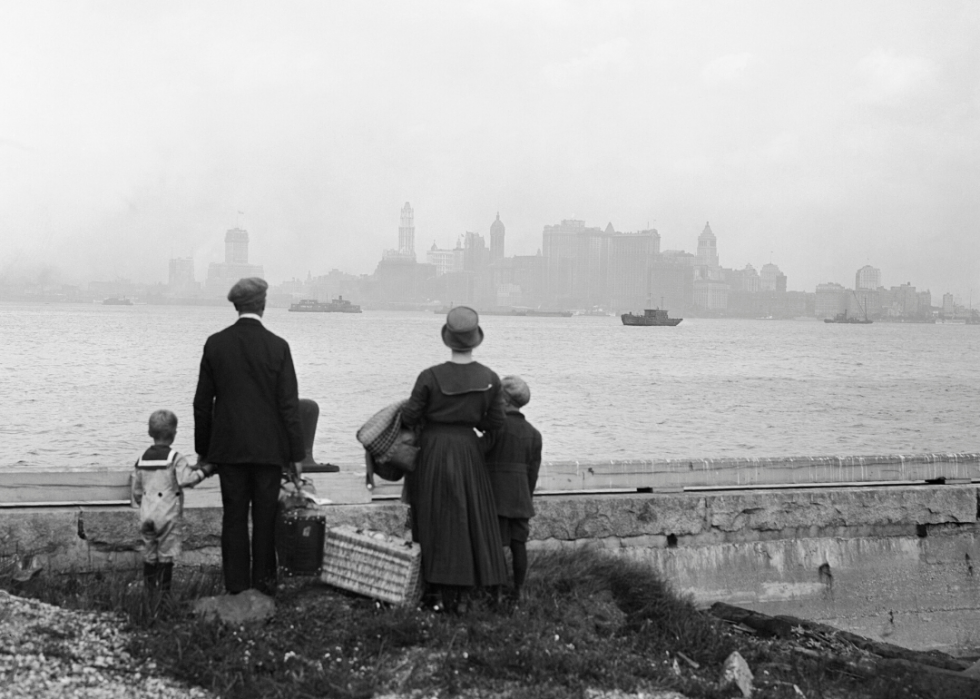
America closes borders to immigrants
Anti-immigration and anti-communist sentiment grew to a fervor in the 1920s in the wake of national security concerns from World War I and the Russian Revolution of 1917. Congress passed the Immigration Act of 1924 that severely limited immigration, using a quota system, and banned almost all immigrants from Asia. The law was revised in a 1952 version that ended the Asian ban, but the quota system remained largely in effect until Congress approved the Immigration and Nationality Act in 1965.
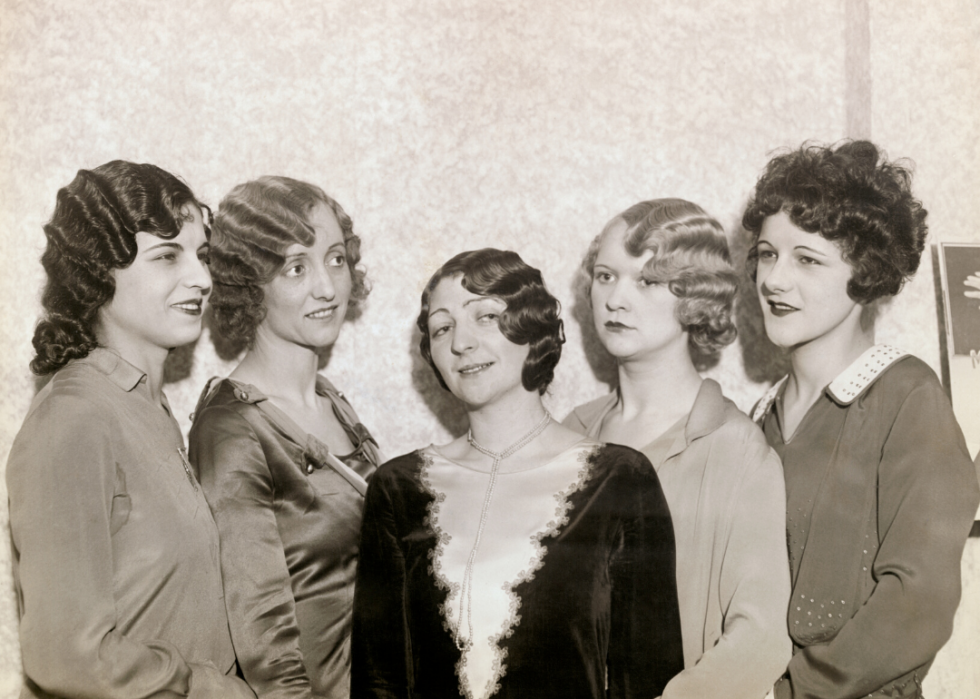
Women join in as 'Bernice Bobs Her Hair'
No one chronicled life in the Roaring ՚20s quite like writer F. Scott Fitzgerald. Escalating the popularity of the cropped-hair flapper look for modern women was his short story "Bernice Bobs Her Hair," which appeared in the Saturday Evening Post in 1920. Cutting their long tresses would be a part of women's new cultural liberation.
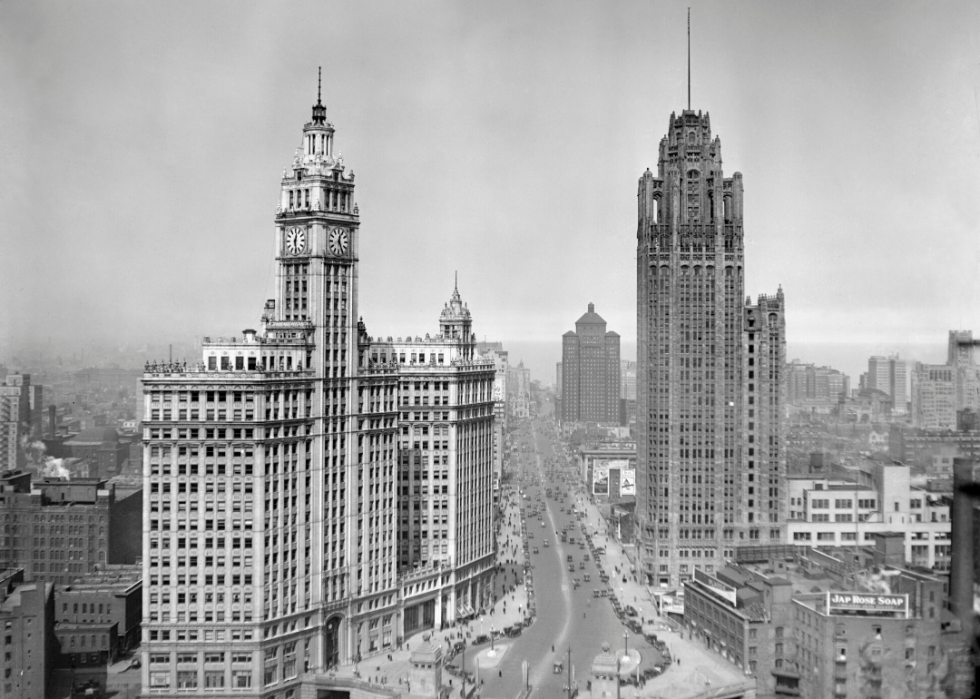
Americans move to cities for work
The 1920 U.S. Census was the first to show that more than half of the country's population lived in urban areas. One reason was factories that were located near population centers, and the jobs they provided. Recent Census information shows that urban centers, and suburbs, continue to attract Americans, with only 14% living in rural areas.
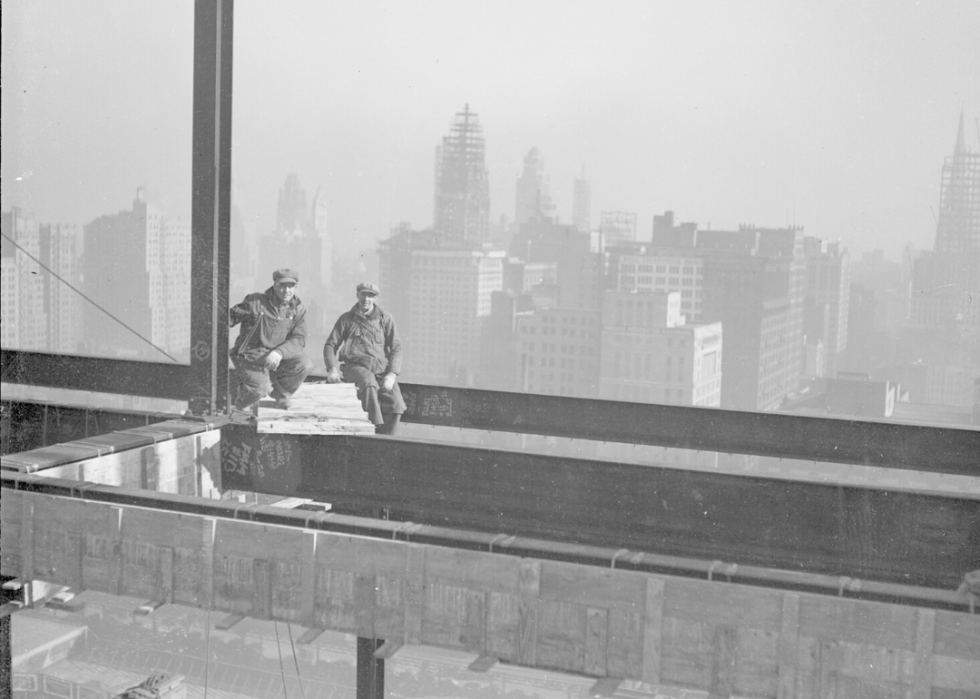
Labor unions decline, minimum wage ends
Labor unions lost their clout in the 1920s after gaining acceptance for their role in the World War I effort of previous years. Americans grew fearful of communist influences; massive strikes in the steel and mining industries ended in failure; and union membership plunged. Among the rollbacks in conditions for American workers, the U.S. Supreme Court in 1923 outlawed the minimum wage, a ruling that would stand for 14 years.
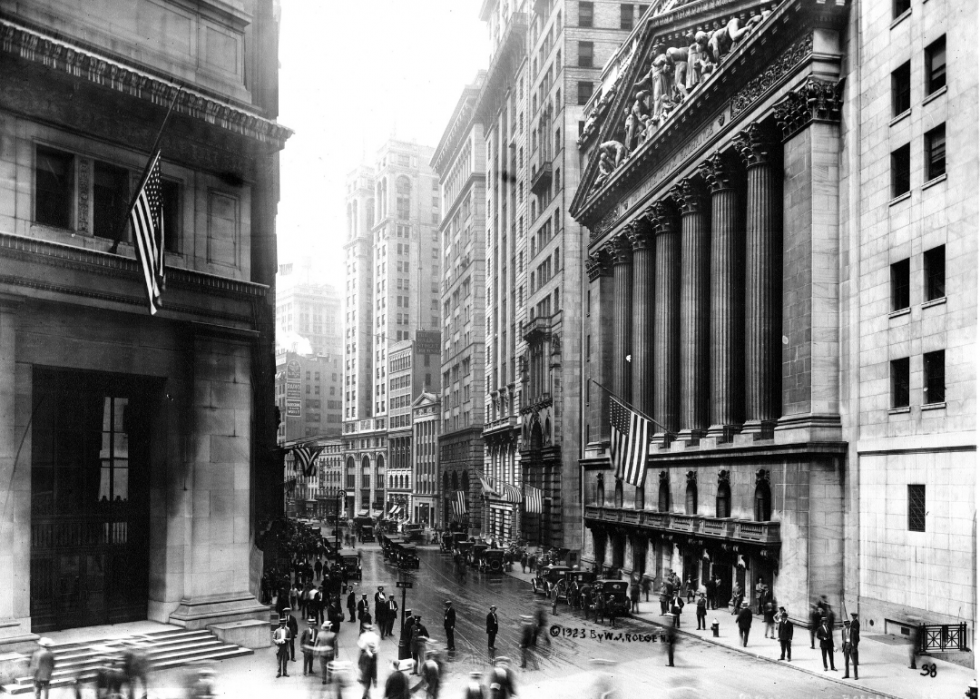
Stock market rises, but few people gain
The stock market soared, and in 1929, the Dow Jones Industrial Average hit a high that was six times its value in 1921. But fewer than 1% of Americans owned stock at the time, so the great returns were not widespread.
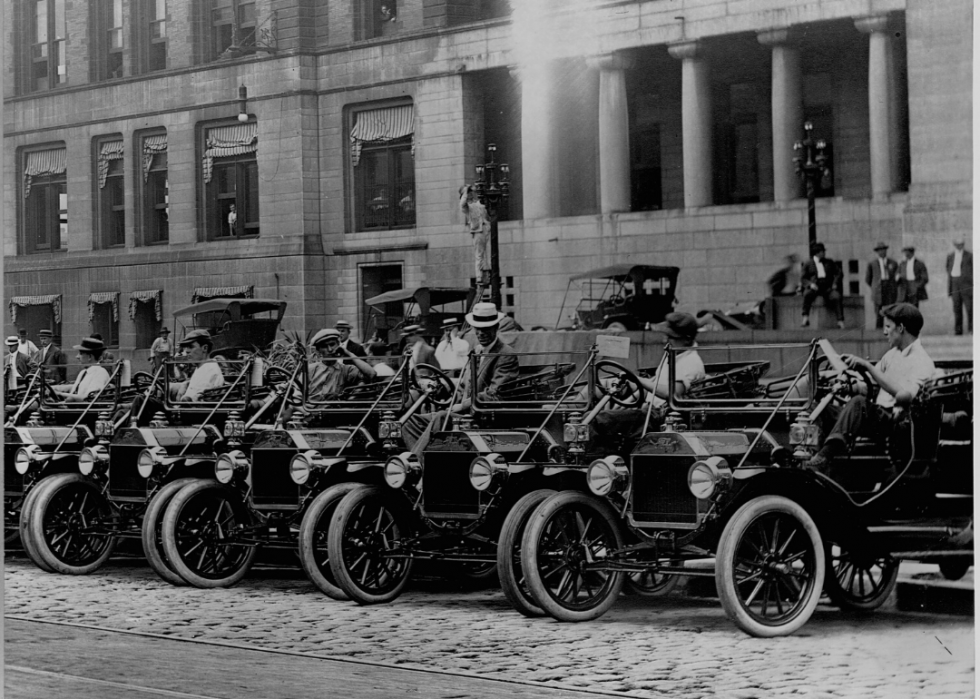
Millions hit the road, many driving Ford's Model T
The number of motorized vehicles on America's roads more than tripled during the 1920s, to some 26 million registered in 1929. For the first half of the decade, Henry Ford's Model T accounted for nearly half of car sales.

With electricity, Americans buy appliances
The number of American homes with electricity nearly doubled from the beginning of the decade to the end, when two-thirds of homes had power. People began buying refrigerators, vacuum cleaners and washing machines, the ease of which made a huge impact on daily life. But the vast majority of homes in rural America remained without electricity until the Rural Electrification Administration was created by President Franklin Roosevelt in 1935.
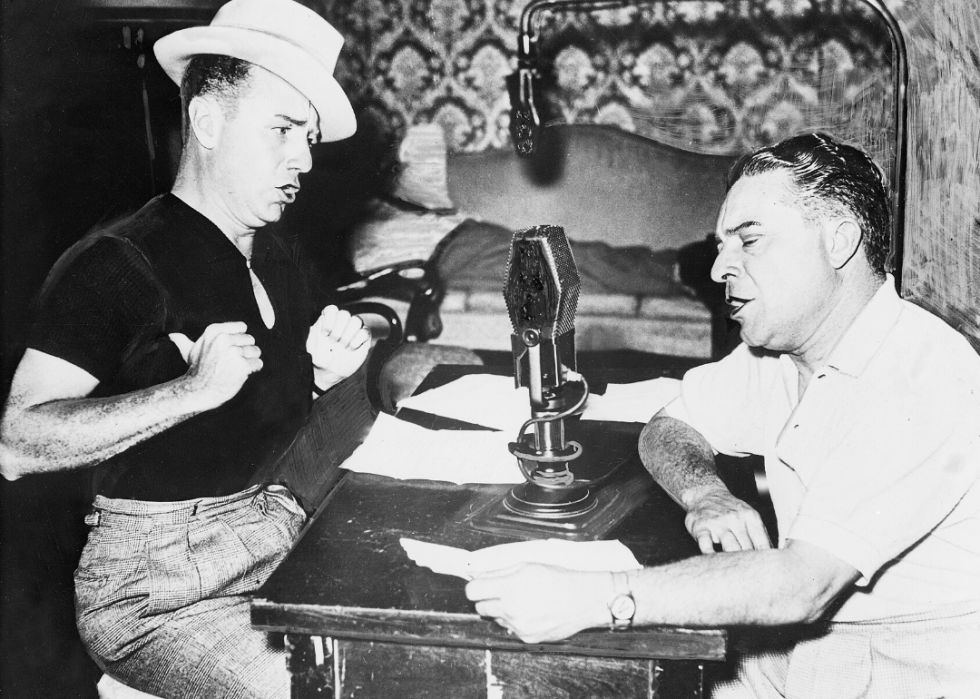
Antics of 'Amos 'n' Andy' entertain radio audiences
"Amos 'n' Andy," one of the most popular radio shows of all time, began in the late 1920s. The comedy featured two white men playing two black men who migrated north to Chicago from the South. The show moved to television in 1951, where it was the first to feature a cast that was nearly all black. Criticism over its racial stereotypes led to its cancellation in 1953.
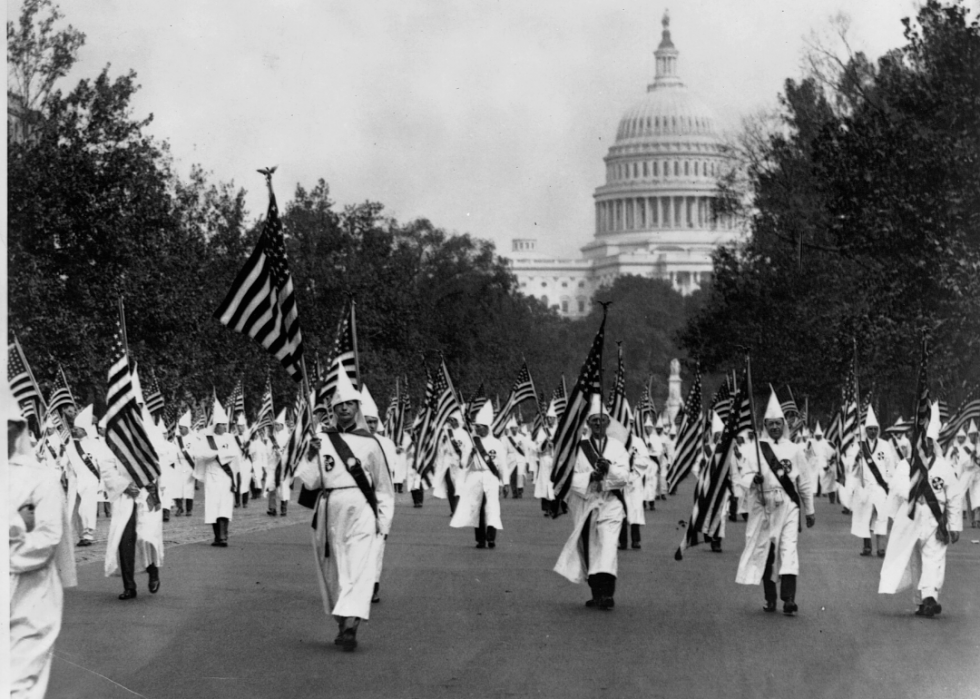
Rebirth of the Ku Klux Klan
Rooted in the post Civil War Reconstruction era, the Ku Klux Klan grew in the 1920s. Revival of the white supremacist group was aided by an effective publicity campaign that emphasized morality, small-town values and nationalism, playing on xenophobia and fears of foreign-bred communism after World War I. Dozens of people were killed in a race riot in Tulsa, Oklahoma in 1921, and in 1925, more than 50,000 white-robed Klan members marched in Washington D.C. In ensuing years, however, public condemnation grew, the Klan became more commonly recognized for its extreme racial views, and its numbers dropped. The group's numbers would grow again amid civil rights battles in the 1950s and 1960s.
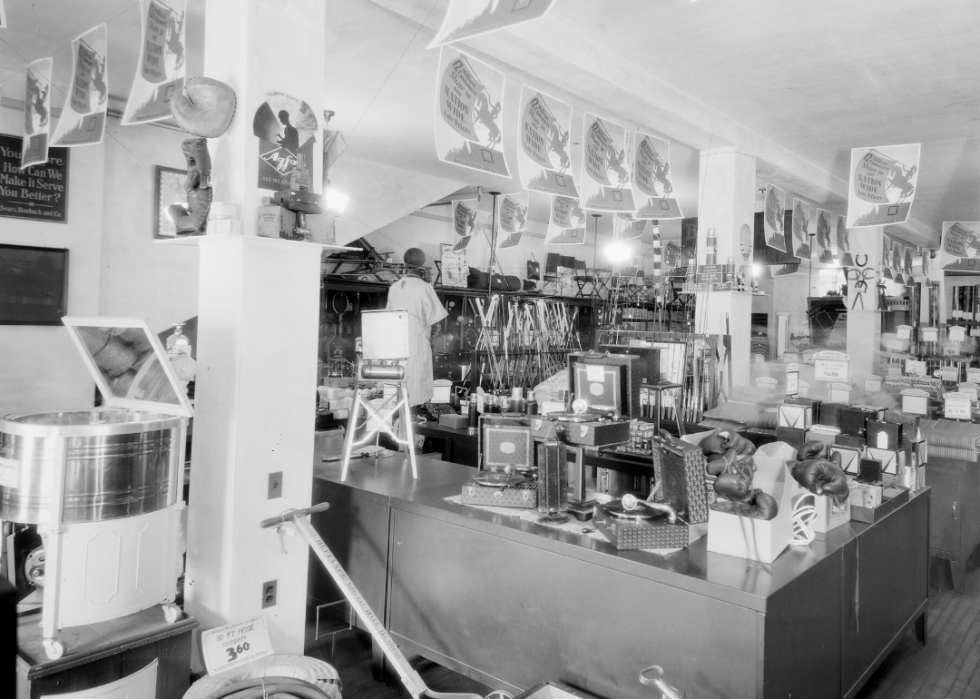
Shoppers start driving to Sears
Having built a huge business with its trademark catalog, Sears, Roebuck and Company opened its first retail store in Chicago in 1924, after growing automobile use both dampened mail orders and allowed more people to drive to shop. By the end of the decade, there were more than 300 Sears stores nationwide. After decades of business, Sears closed its catalog sales in 1993 and filed for bankruptcy protection in 2018.
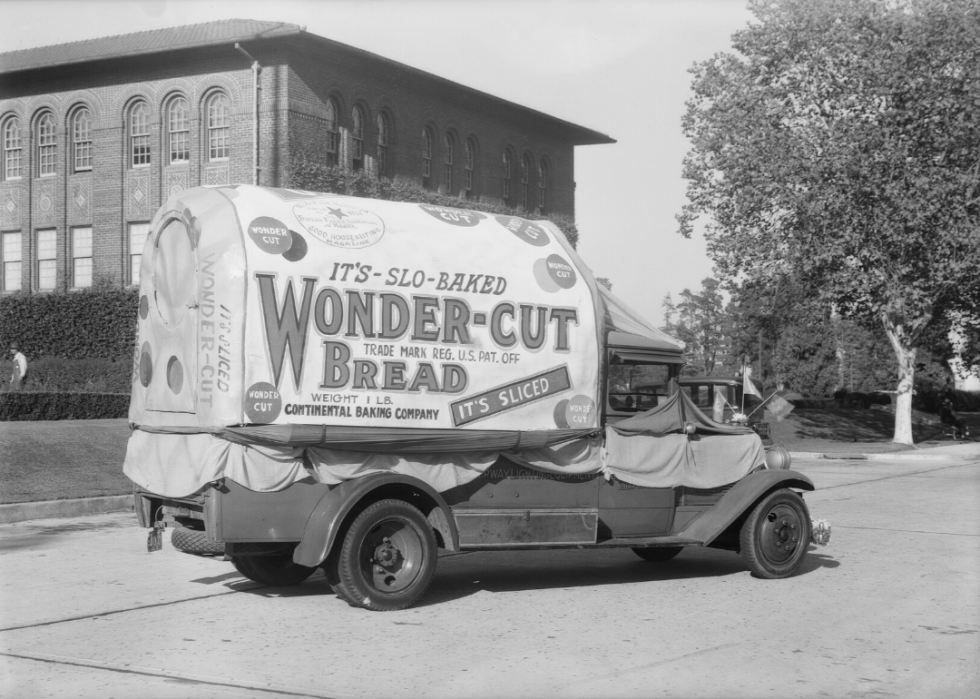
Wonder Bread, Popsicles and Kool-Aid
Americans started snacking on some of the same foods still eaten today. Wonder Bread made its debut in 1921, Popsicles were patented in 1923, and Kool-Aid was introduced in 1927.
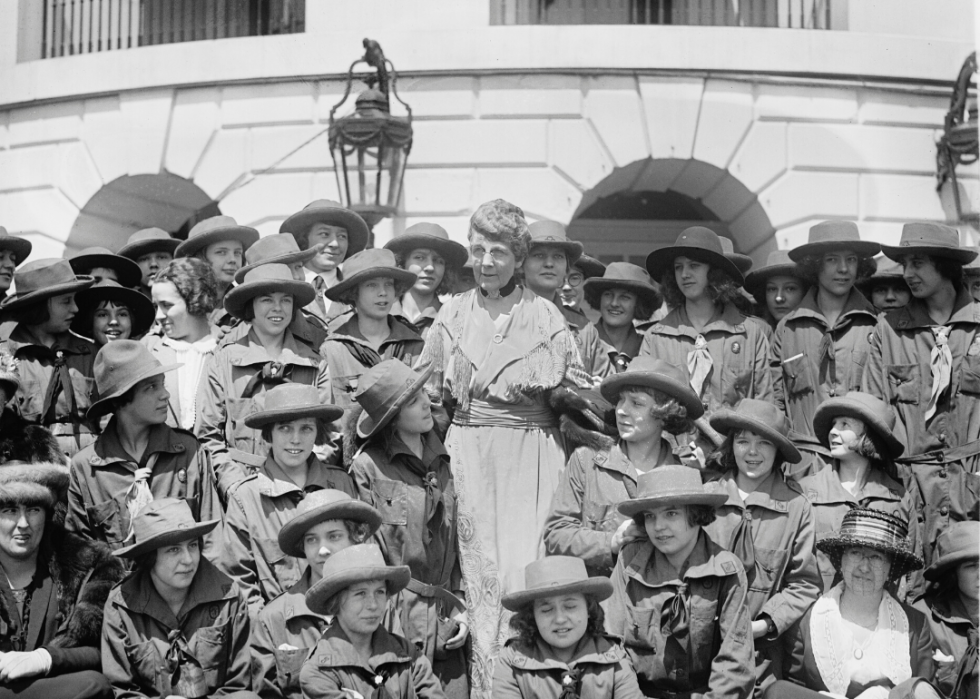
Girl Scouts start baking, selling cookies
In 1922, the Girl Scouts of the USA published a cookie recipe in its magazine "The American Girl." The magazine article estimated girls could bake as many as seven dozen cookies for 26 to 36 cents, and then sell them by the dozen for about the same price. Girls Scouts made the sugar cookies and sold them door to door.
[Pictured: First Lady Florence Harding with Girl Scouts in 1922.]
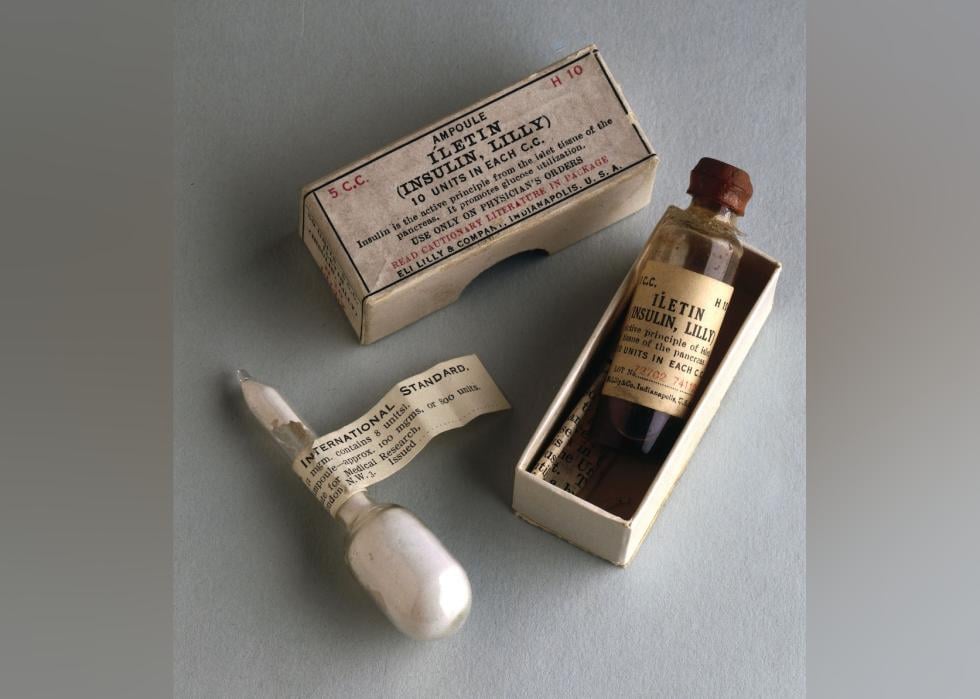
Discovery of insulin saves lives of diabetics
Changing the future for diabetics, insulin was discovered in 1921 by scientists who figured out how to extract it from a dog's pancreas. In 1922, a child from Toronto became the first human patient with diabetes to be treated with insulin, and commercial production began on a wide scale. Before insulin, diabetes was fatal. One treatment was a starvation diet, to stop the body's production of glucose, but patients died of malnourishment. Decades later, in 1978, the first synthetic insulin was produced to replace insulin from animal sources.
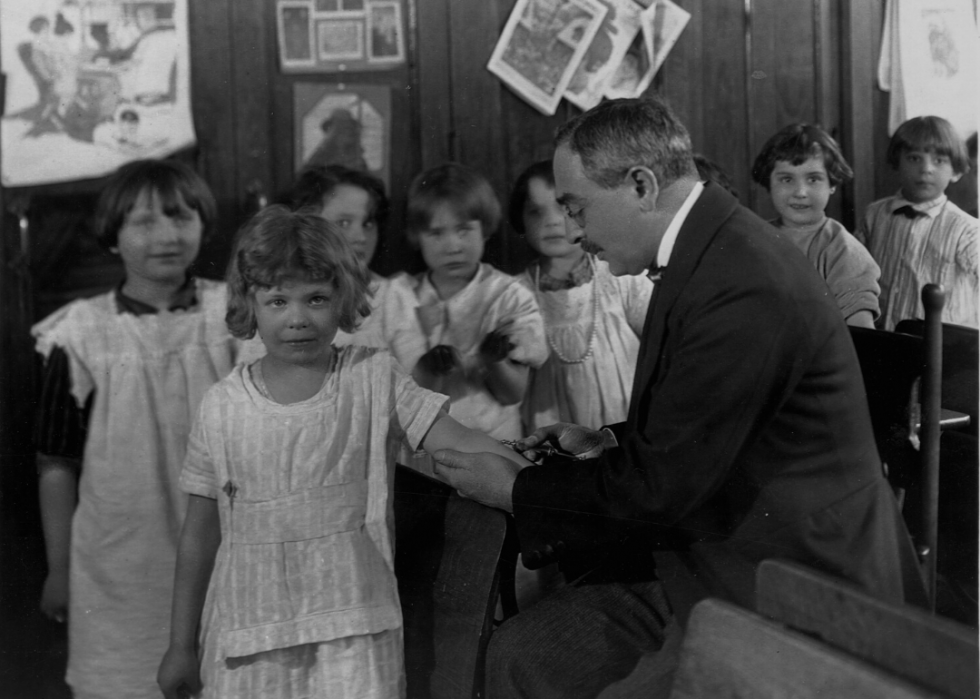
Vaccine against diphtheria, a killer of children
The first vaccine for diphtheria was developed in 1923 to fight a disease that in 1921 alone killed nearly 16,000 people. Children were especially vulnerable to diphtheria, which today has all but disappeared from the United States.
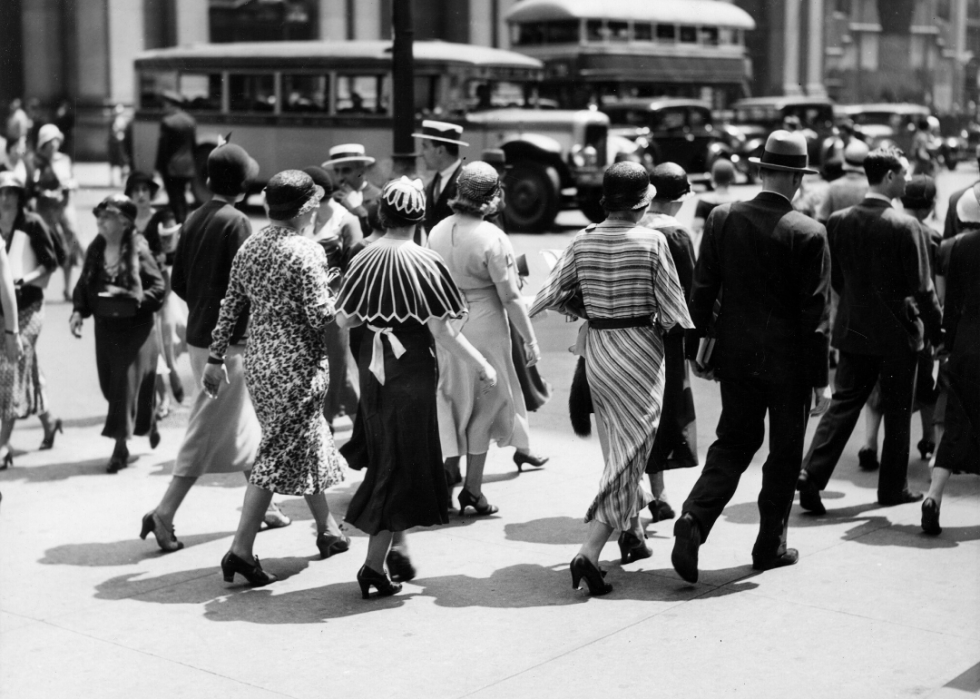
Americans start to buy now, pay later
Consumer credit spread throughout the 1920s, allowing Americans to buy goods they previously could not have afforded. Department stores began offering installment payment plans, and in 1927 almost two-thirds of new automobiles were purchased on credit. Mid-decade, more than 1,500 credit and finance companies were doing business in the United States, contributing to the doubling of consumer debt by the end of the decade.
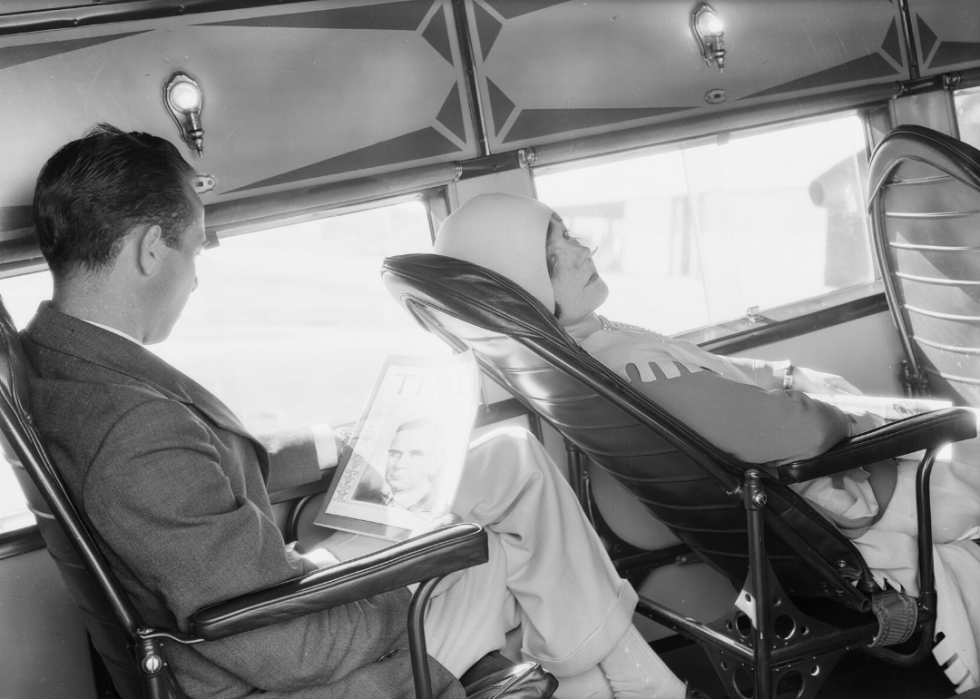
Arrival of Time magazine changes news
Time magazine, founded in 1923, changed the way Americans got their news. It was the nation's first weekly newsmagazine, a shift from general interest magazines. The articles were short and meant to be read quickly. Its first Man of the Year was aviator Charles Lindbergh, chosen in 1927.
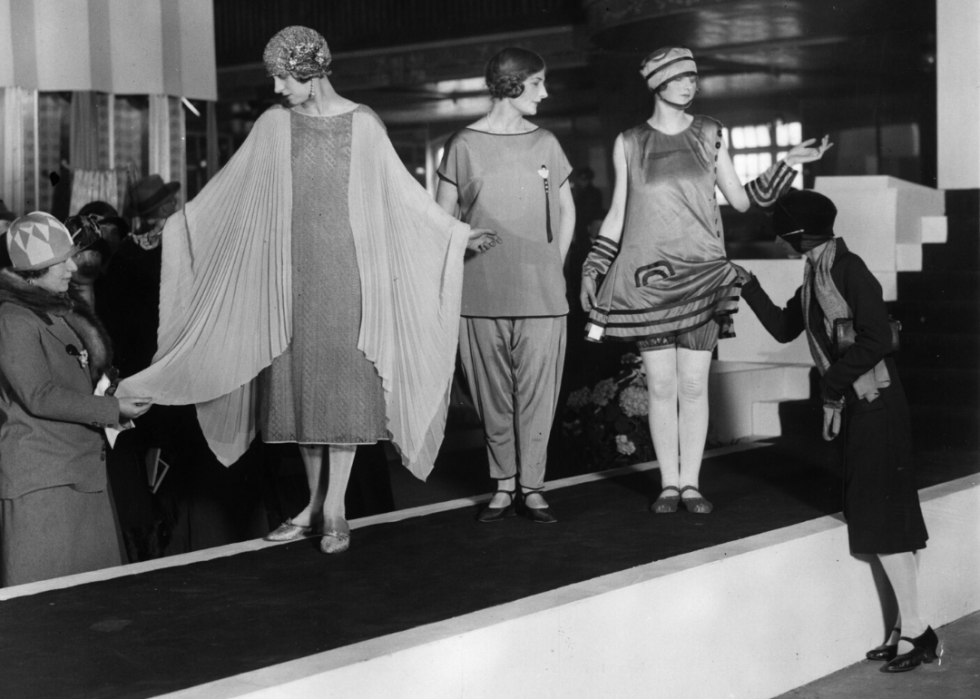
Women sparkle in artificial silk
Made from cellulose fiber, rayon became the rage in 1920s fashion. Sometimes called artificial silk, rayon could be used to simulate the qualities of the more expensive fabric. The more-affordable price of rayon allowed more women to wear shiny, shimmery styles.
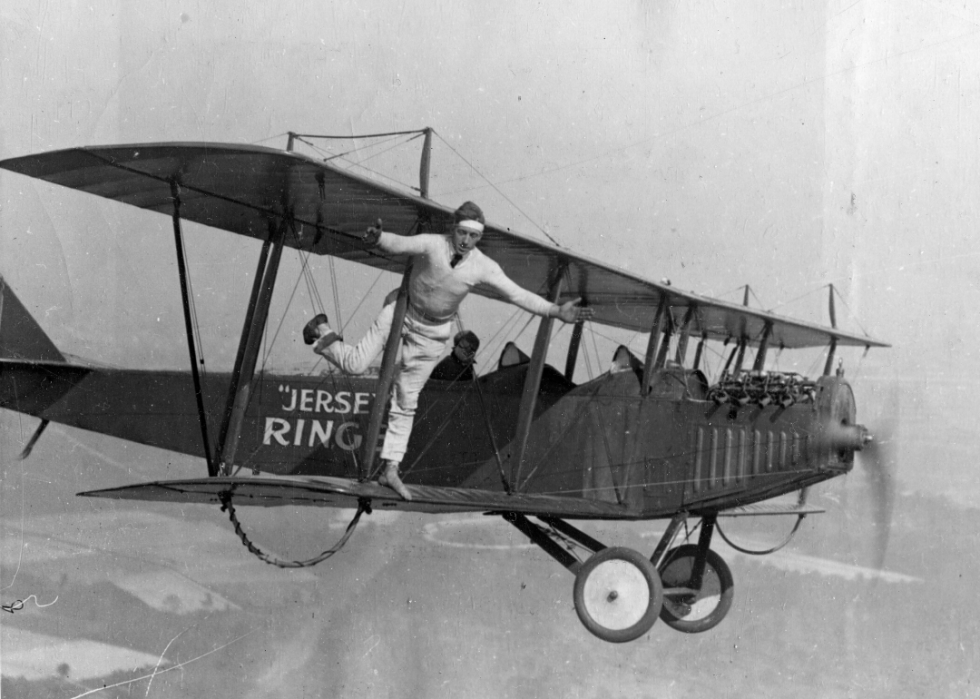
Barnstorming pilots delight rural America with stunts, rides
Barnstorming brought excitement to rural America in the 1920s, when stunt pilots buzzed overhead, performed aerial stunts, staged airshows, and offered passenger rides. Barnstormers often were former World War I aviators who took advantage of a surplus of inexpensive military training biplanes left from war. Barnstorming came to an end with federal safety and aviation regulations put into effect in 1927.
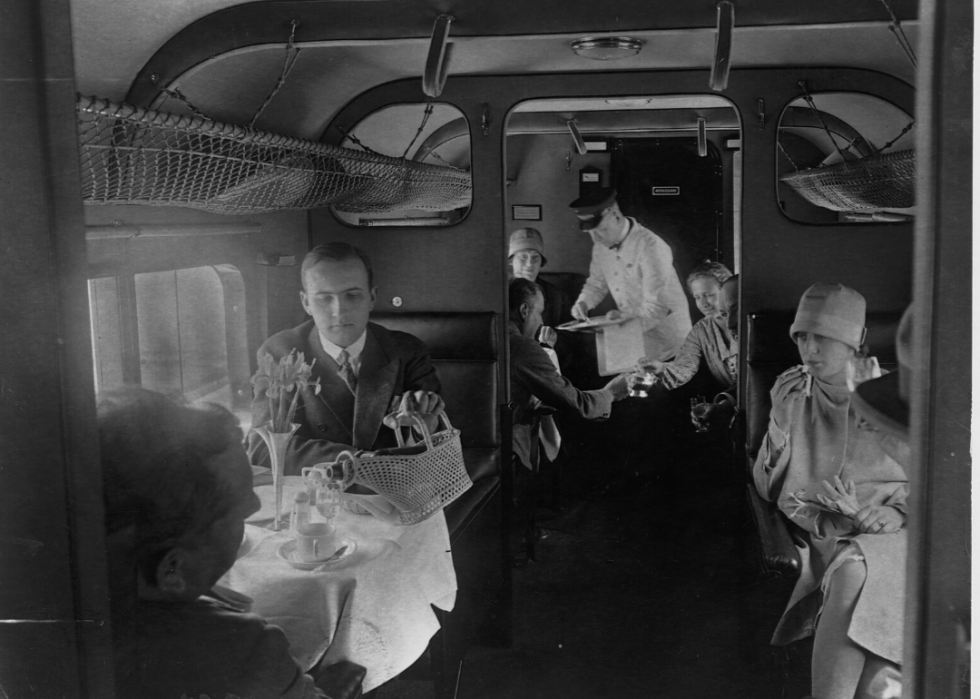
Passenger air travel takes off
Air passenger travel took off in the 1920s. But passenger planes were small, holding less than 20 people, and flew at altitudes of 3,000 feet or lower. At speeds of about 100 miles per hour, air travel took longer than train travel because of the frequent need to refuel. Air journeys were loud and cold.
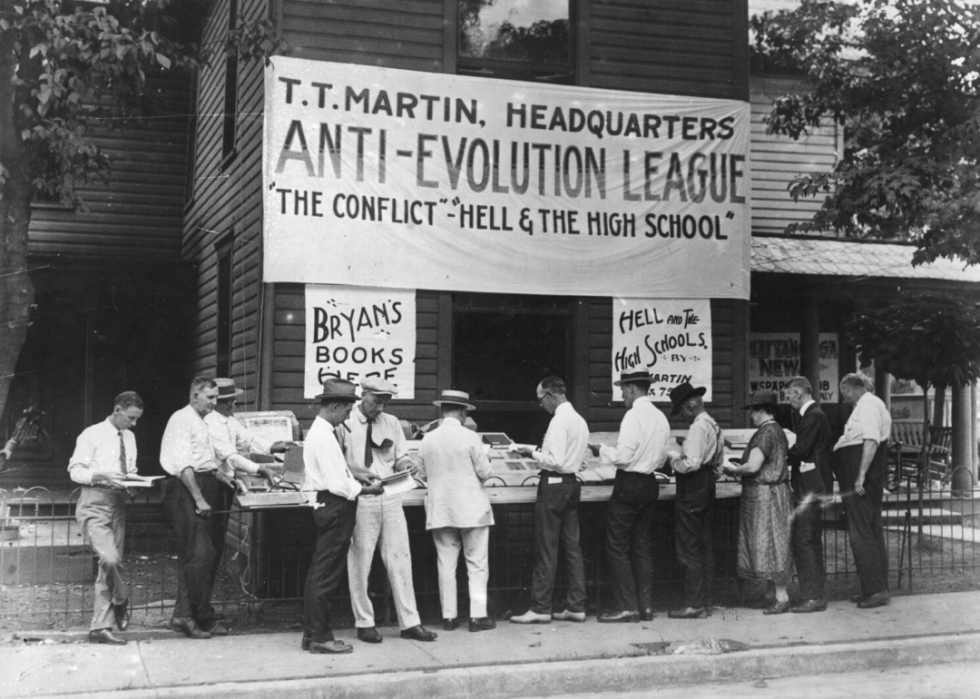
Science, religion face off in Scopes Monkey Trial
In 1925 in the Scopes Monkey Trial in Tennessee, a high school science teacher was accused of violating a state law that forbade the teaching of evolution. He was found guilty in a verdict later overturned on a technicality. The trial drew Americans' attention to the clash between traditional religious views and modern science, a conflict still playing out today.



